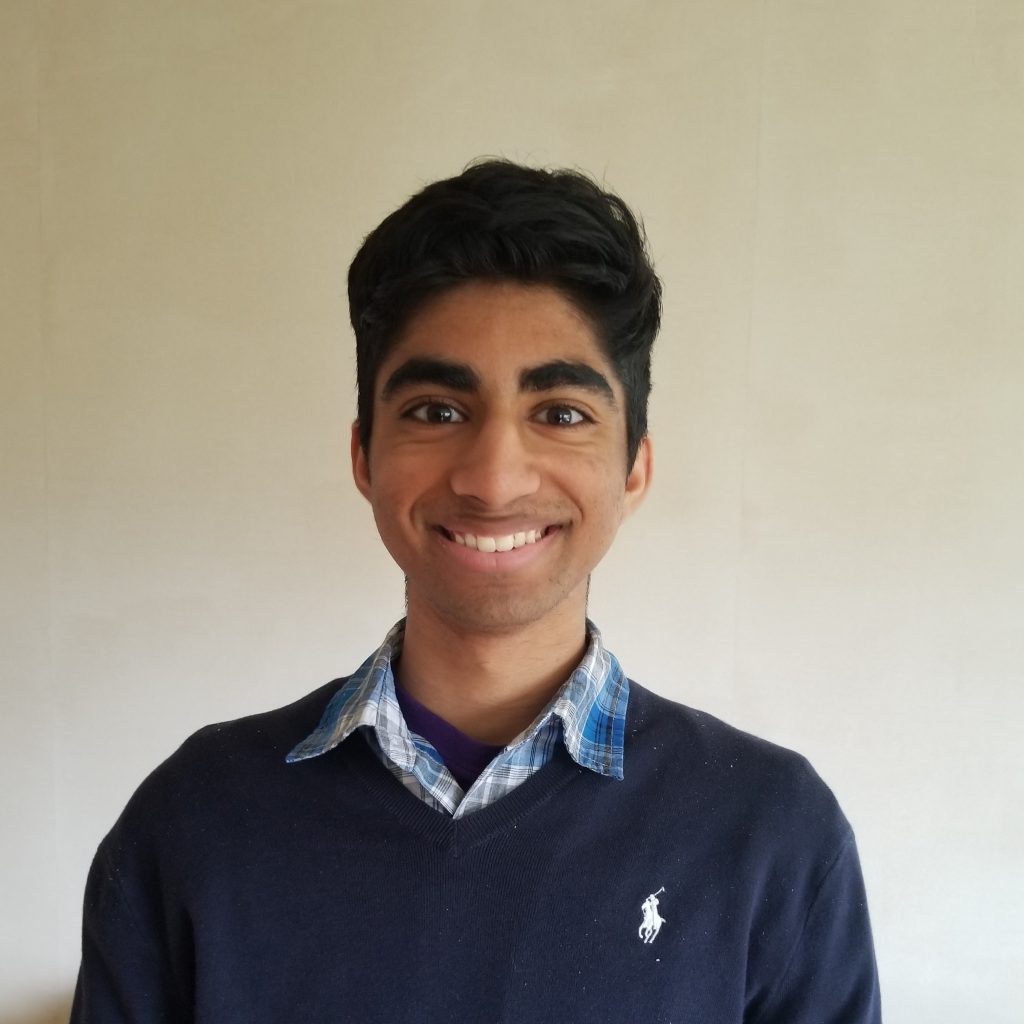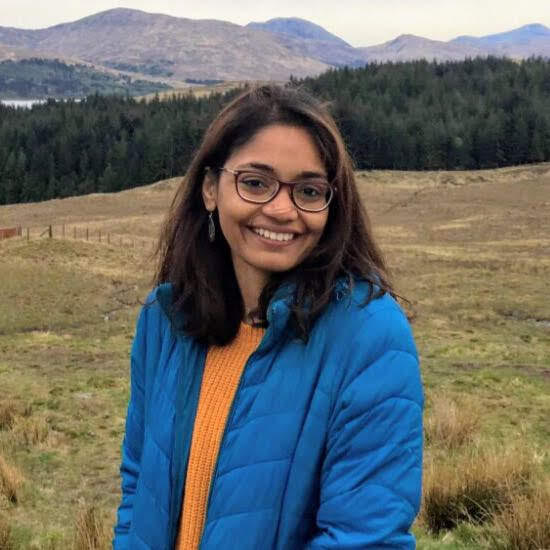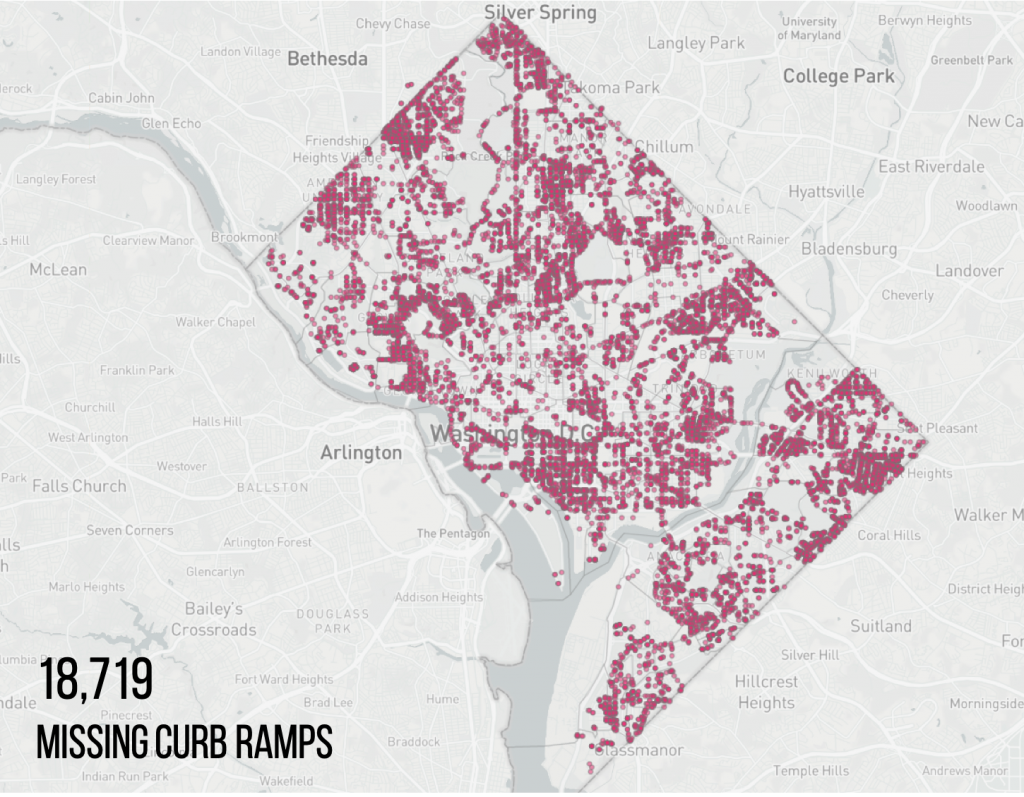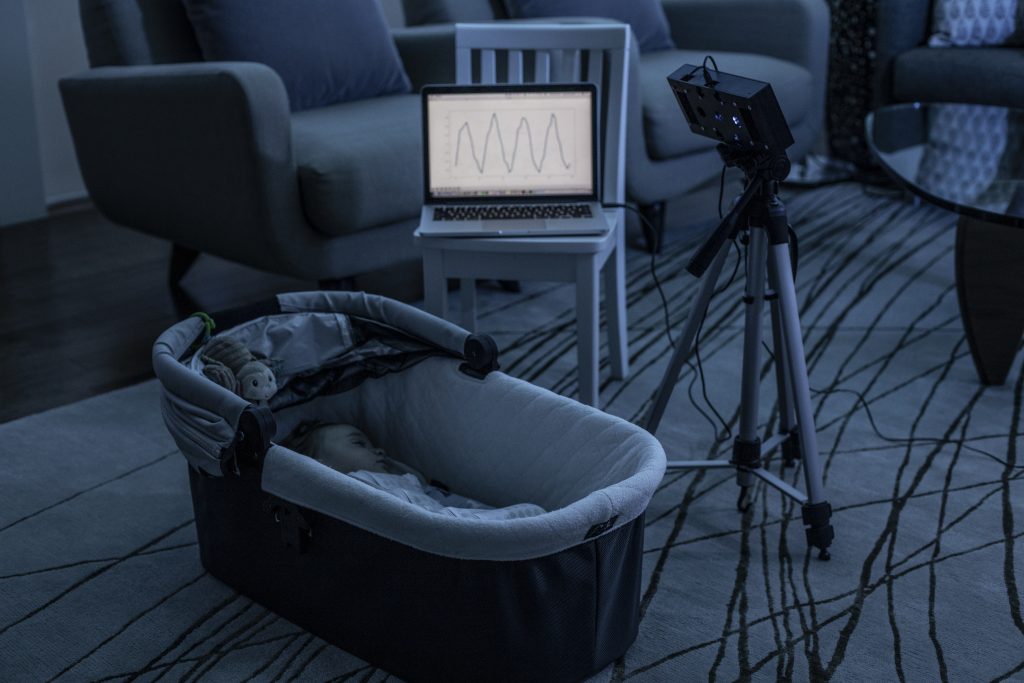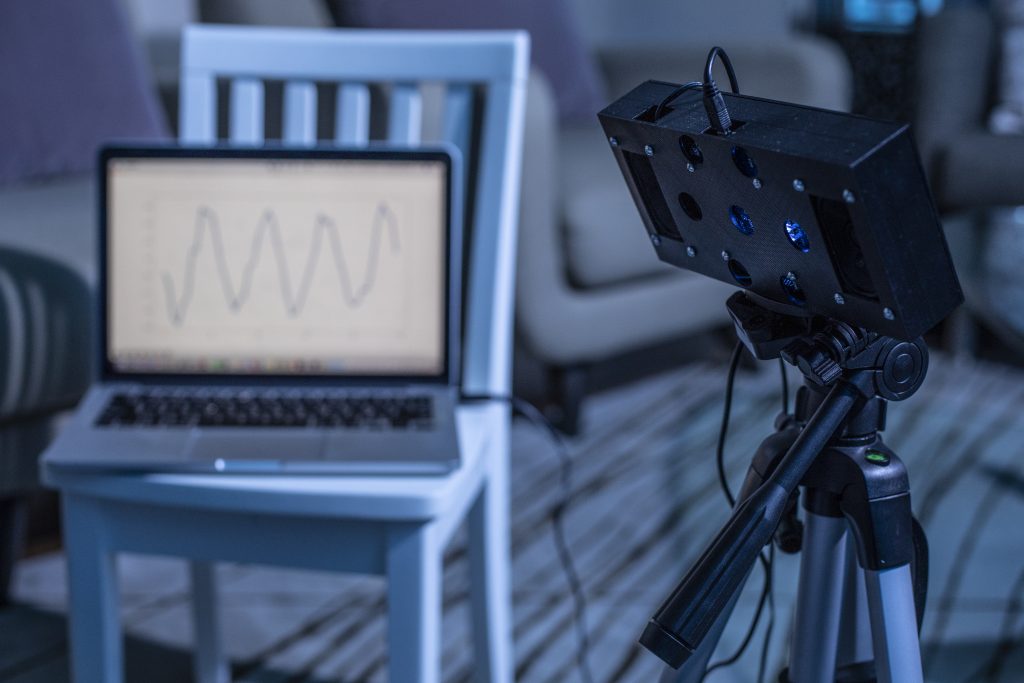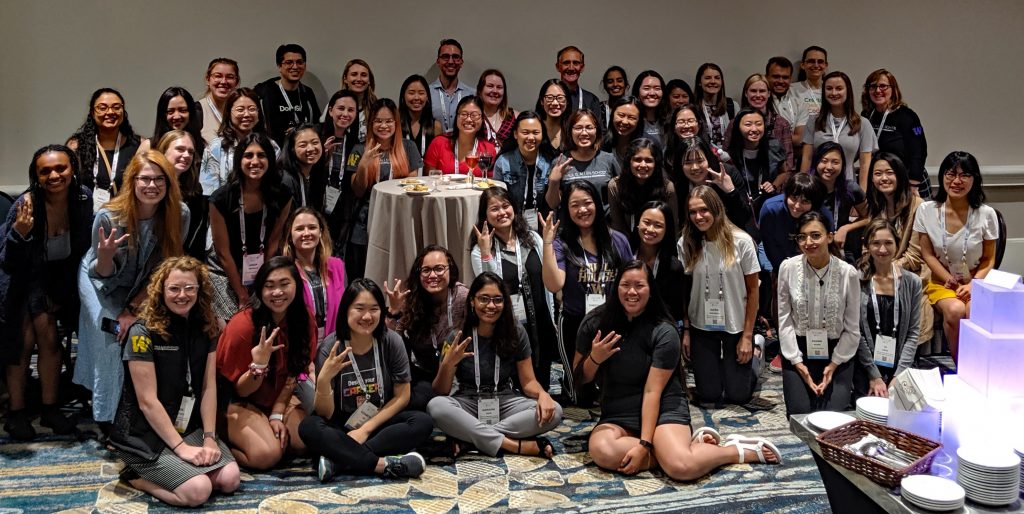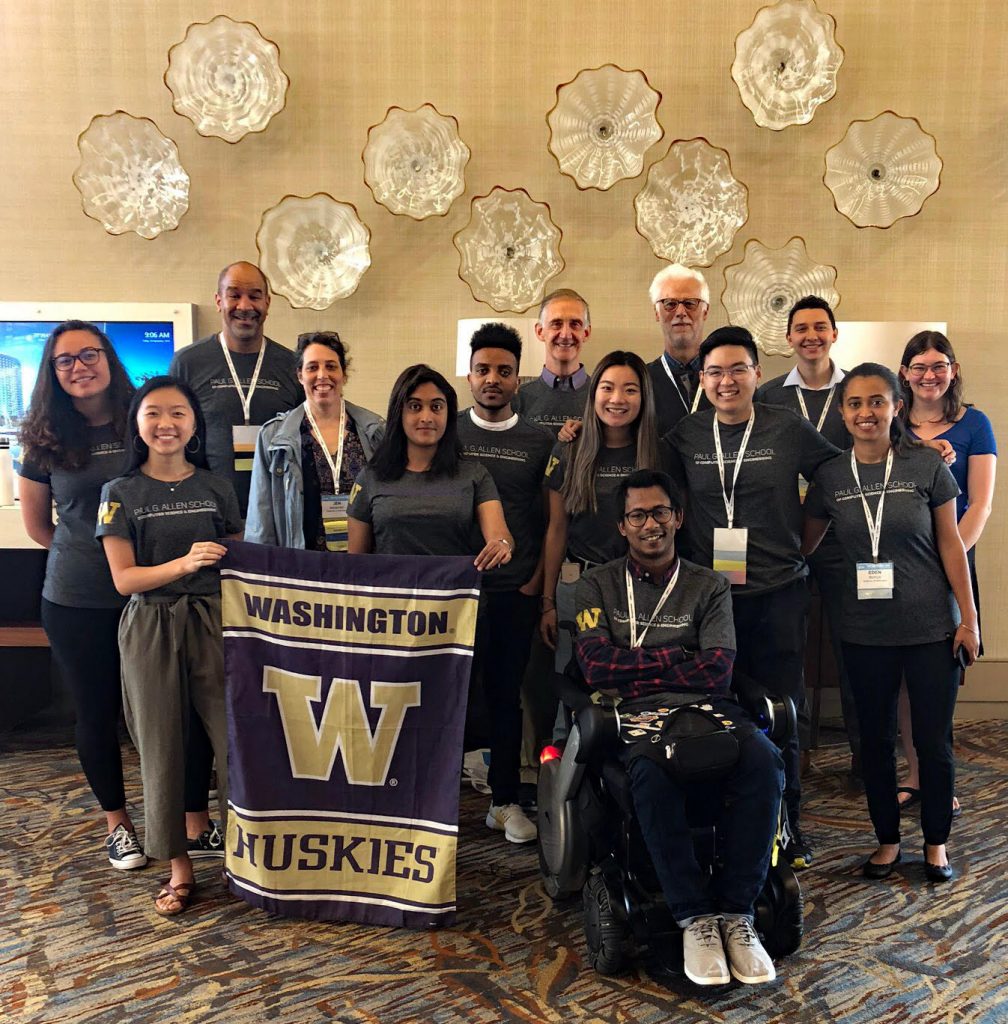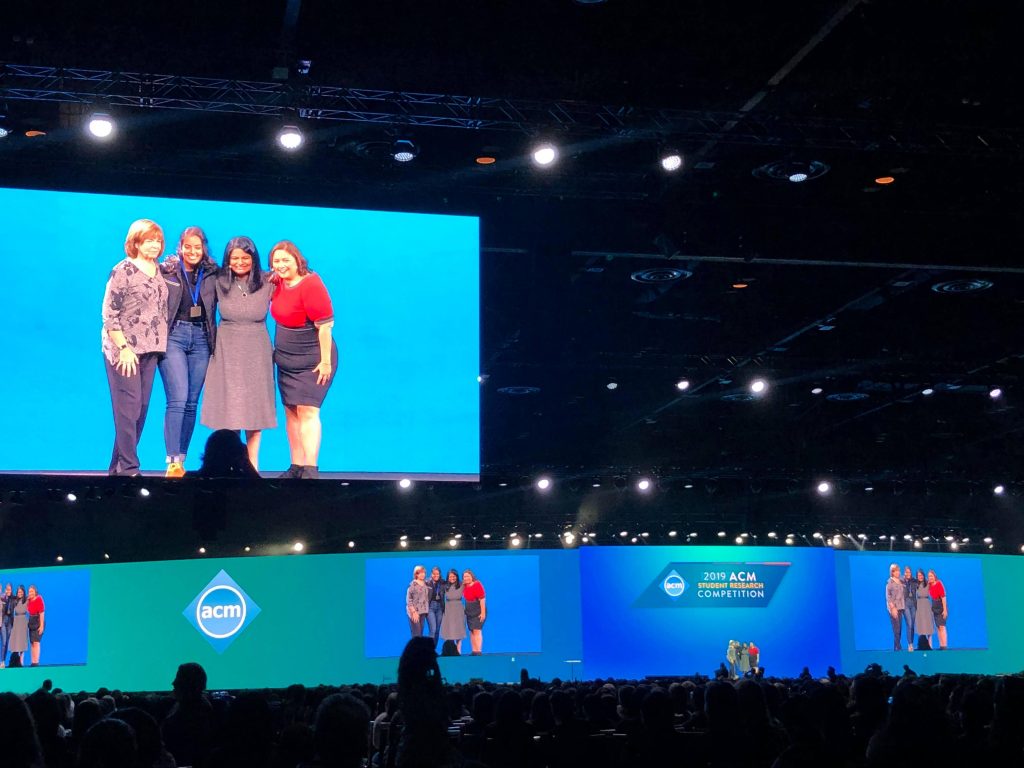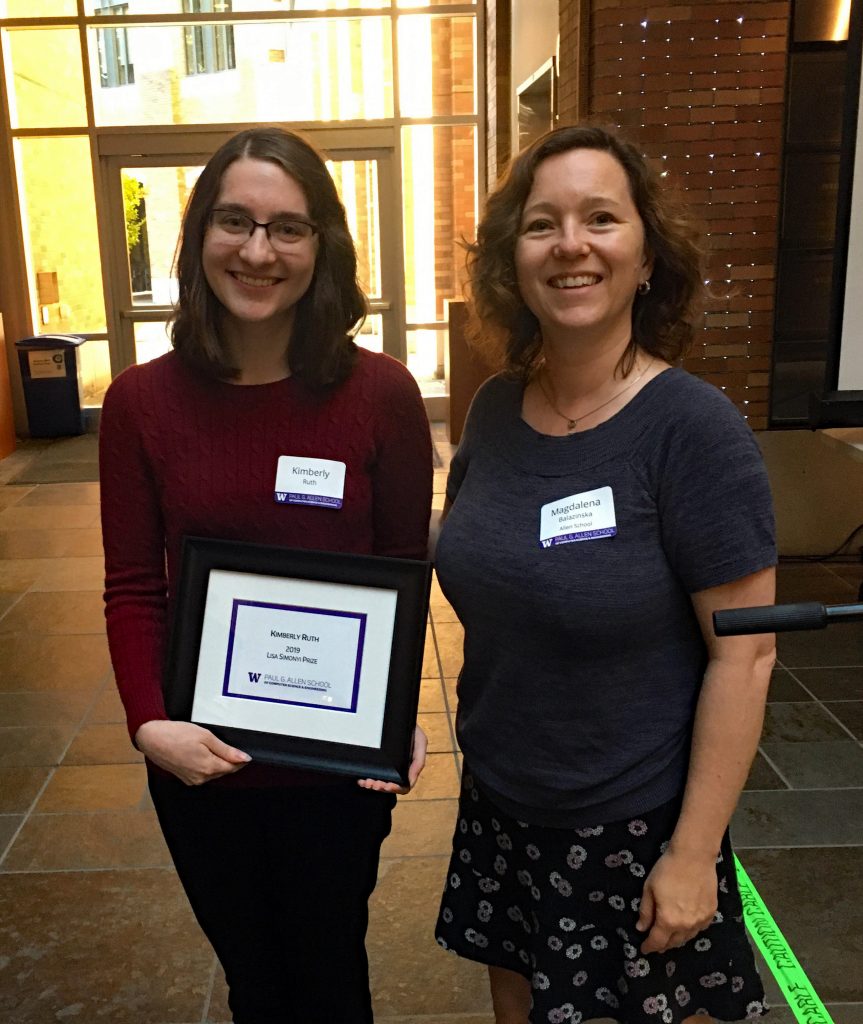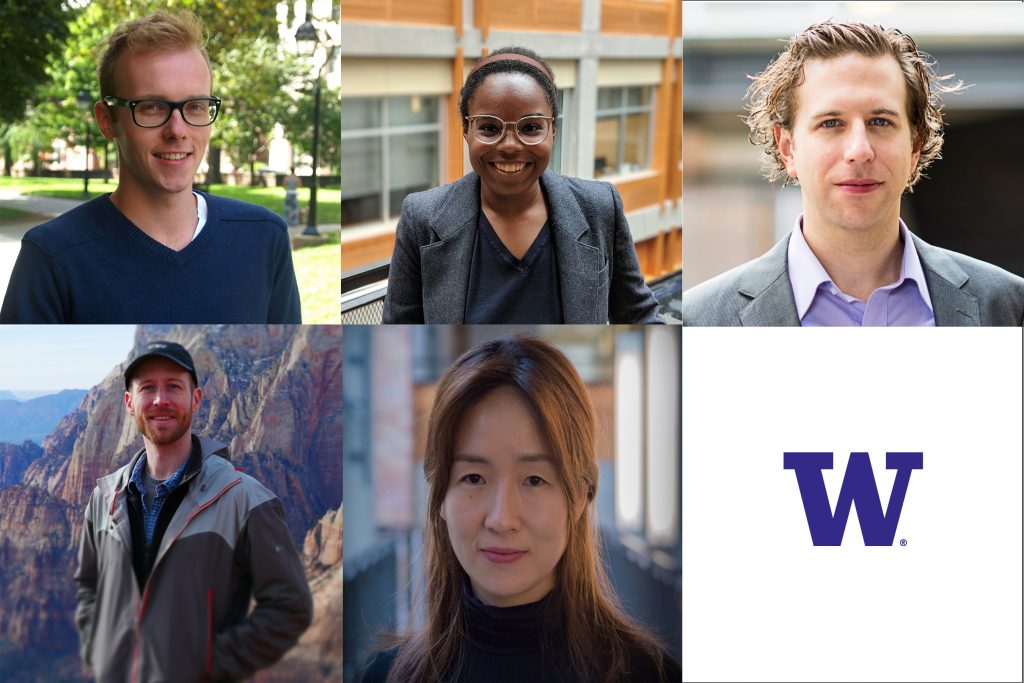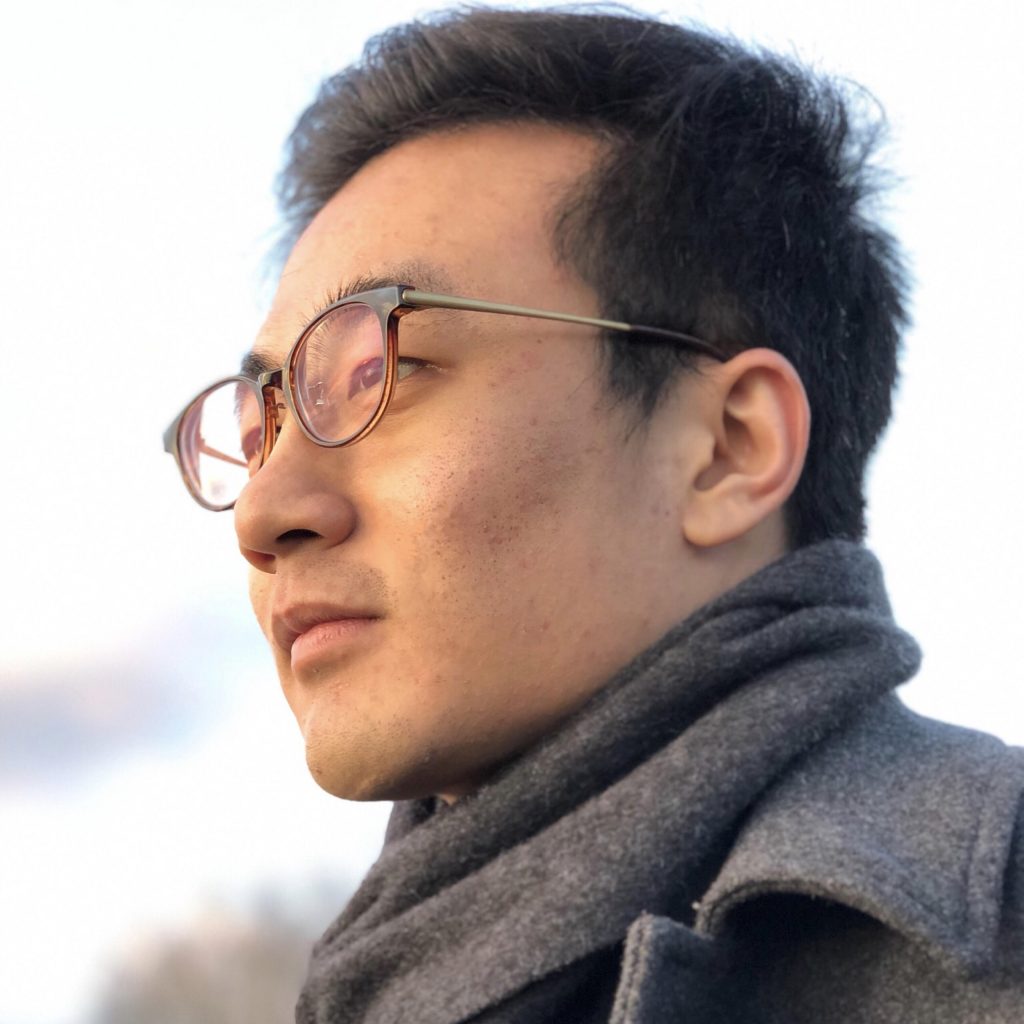Fall is back and so is the Allen School’s Undergrad Spotlight! This month’s student feature is Bellevue, Washington native Manoj Sarathy. Even before his arrival as part of the school’s expanded Direct to Major admissions program, the freshman computer science major was using machine learning to help environmental conservationists track and organize wildlife data. He was recently featured in the Seattle Times and on King 5 News for his work supporting wolverine recovery in Washington.
Allen School: Why did you want to study computer science, and what made you choose the Allen School?
Manoj Sarathy: Like most high school seniors, I had a lot of interests but my work on applying machine learning to the field of environmental conservation showed me that computer science can be useful in essentially any field. I decided to study at the Allen School because of the connections the school has with all the major companies that are implementing machine learning — and I wanted to stay close to home in the beautiful Pacific Northwest.
Allen School: What do you enjoy most about being an Allen School student?
MS: I find the resources available to the Allen School’s undergraduate students to be extremely valuable. For example, the career fairs that took place earlier this month were very useful. I learned more about companies hiring in the computer science field.
Allen School: What activities and interests do you have outside of your studies?
MS: I have attended a meeting for the Society for Economic Restoration and will be attending some of their work parties to restore the campus. I am also interested in finding out more about Students Expressing Environmental Dedication (SEED). I hope to continue playing squash, a racquet sport, during my free time. One of the opportunities I gave up by coming to UW was playing for a varsity squash team, but I hope I can be in some kind of squash club here.
Allen School: Why did you become a member of the Conservation Northwest while you were in high school?
MS: I wish I could say it was purposeful, but it was honestly an accident. I learned about the organization while doing some online research regarding environmental conservation in the Pacific Northwest for an environmental science class I was taking in high school. I really liked the work they do, like building wildlife overpasses and underpasses across I-90 and reintroducing fishers, a species that belongs in the same family as wolverines and which were wiped out in the Pacific Northwest by hunters. I reached out to the organization to learn about volunteer opportunities, and one thing led to another. At one time, I even printed t-shirts at home to raise funds for them and through that effort, met with some international conservation organizations.
One of the projects I became involved in was their camera trap project. Teams would hike up to areas where wildlife may be located to set up camera traps to observe predators and prey in that area. Conservation organizations use camera traps, but then have to spend a lot of time and work to classify the images. Involvement in that project led me to the idea of using machine learning to speed up that effort.
Allen School: Is that when you began to work with Woodland Park Zoo’s senior conservation scientist, Robert Long?
MS: While working on my camera trap model, I quickly realized that I needed actual camera trap images from different cameras and angles to make my machine learning model accurate. I started writing to researchers who use camera traps and he was one of the few to respond immediately and generously offered his images to me to train my model. Luckily, he was in Seattle, and invited me to meet him at the Woodland Park Zoo. I have been working with him ever since.
Allen School: How did you use machine learning to classify all of the images?
MS: Any machine learning system learns from input data. The better and the more varied the input data, the more accurate the machine learning system can be. Initially, I naively tried to use images from Google to train my machine learning model. I tried to create a model that distinguishes between species. When I tested the model with actual camera trap images, I quickly learned that the system was nearly useless because most images on the internet show animals in nearly ideal conditions, like with the background out of focus. Next, I found an online database used by prior researchers called “Snapshot Serengeti,” which has thousands of images of animals from Africa. Again, I found the lack of variety in the animals and vegetation to not be very useful for the camera trap images American conservationists were collecting.
I started writing to researchers and only a couple responded. Fewer still offered to share their images with me. I also learned through my discussions with them, and based on my own experience with Conservation Northwest’s camera trap project, that just separating images containing animals or humans from other images containing only background foliage would be immensely useful because researchers spend countless time looking at each false positive to make sure they are not missing anything. Distinguishing between animals and humans would also be very helpful. So I started building a model that classifies images into three categories: false positive, human, and animal. This enables volunteers to be more productive and efficient by prioritizing images for analysis.
Allen School: Did you know how to do all of this before you started on the project?
MS: Before I started working on my project, I knew next to nothing about coding and machine learning. I read as much as I could about machine learning and Google’s TensorFlow. I also needed to learn some Python programming to get it to work. Over time and through lots of failures and crashes, I slowly built a decent model. I don’t claim to understand how TensorFlow or machine learning frameworks actually work, but I hope to learn more about these topics in the Allen School!
Allen School: Do you want to remain working in conservation after you finish your CS degree?
MS: I genuinely enjoy the natural environment we are fortunate to have here in the Pacific Northwest. So I will definitely stay involved in environmental conservation, but I haven’t yet decided in what way or how I can make the most impact. Ask me that question again when I’m a senior, I may have a better idea.
We’re so excited to have a dedicated conservationist like Manoj as a member of the Allen School community. We are confident his innovation will change the world!


